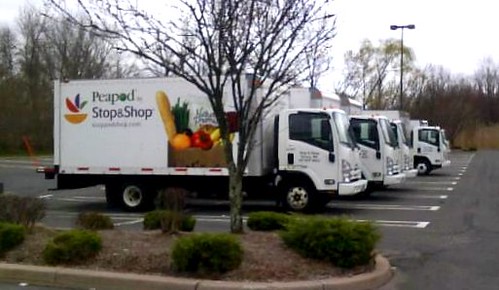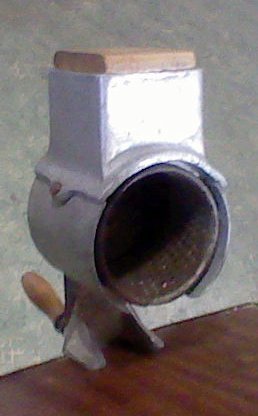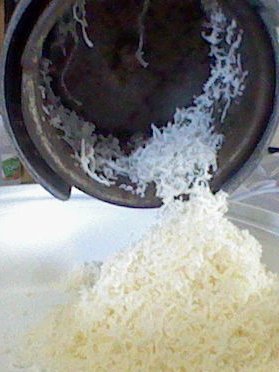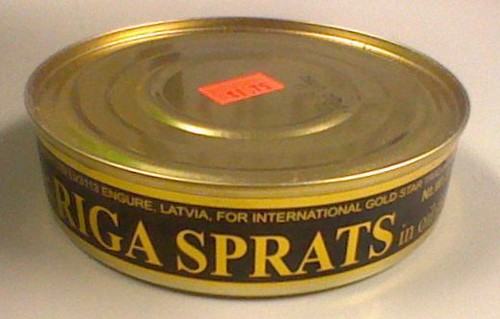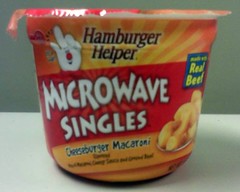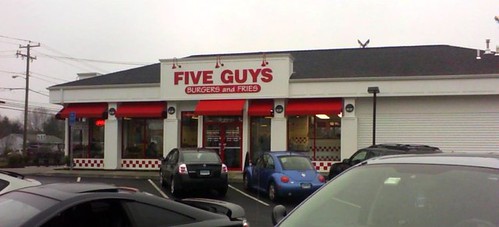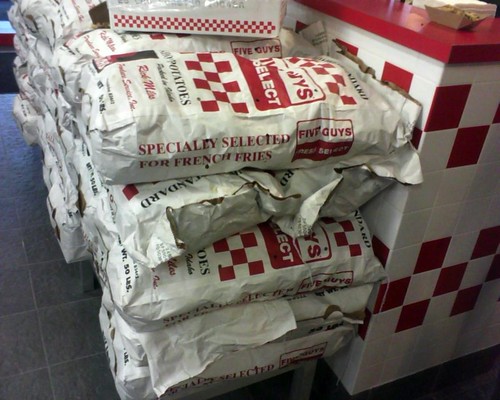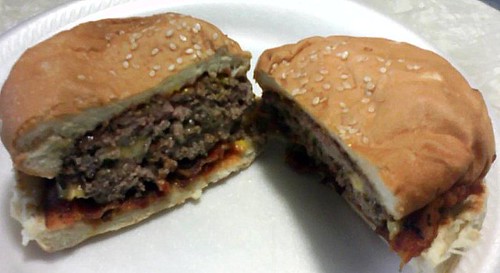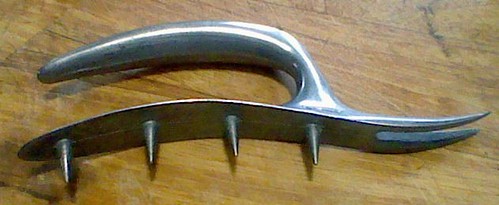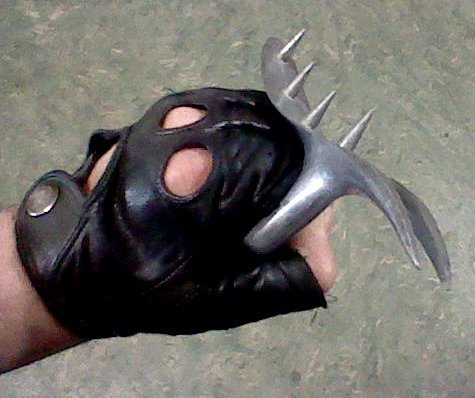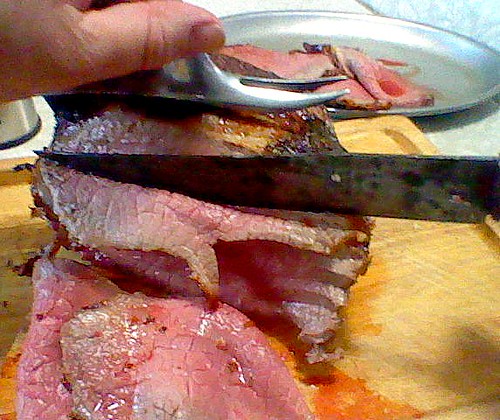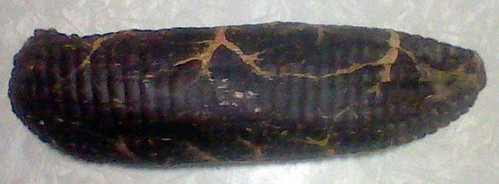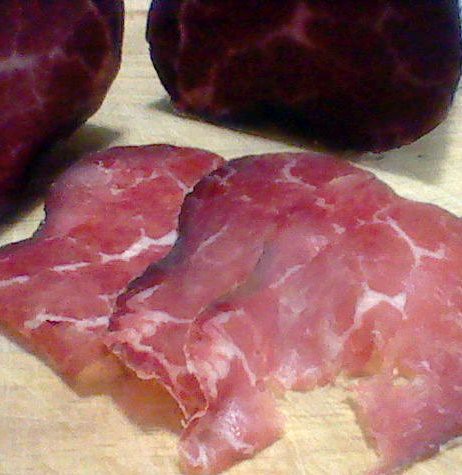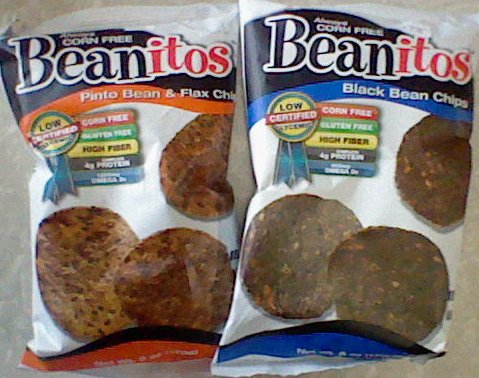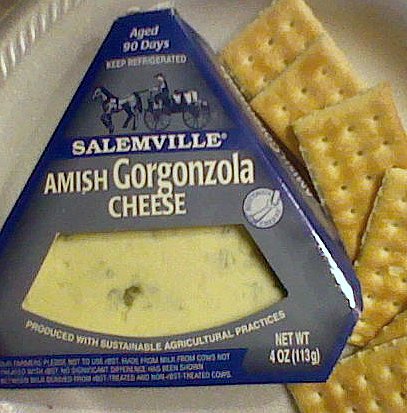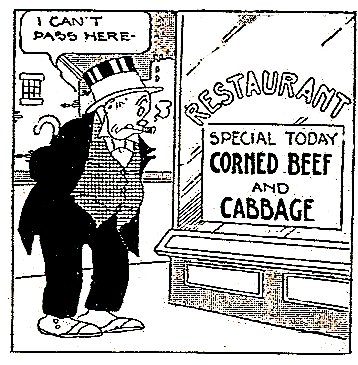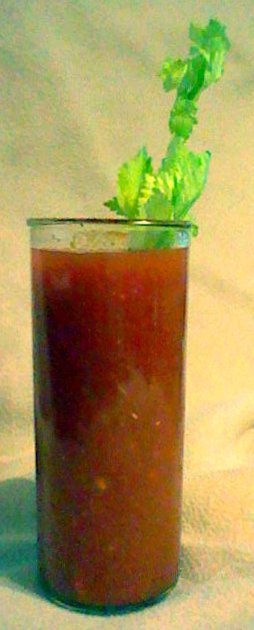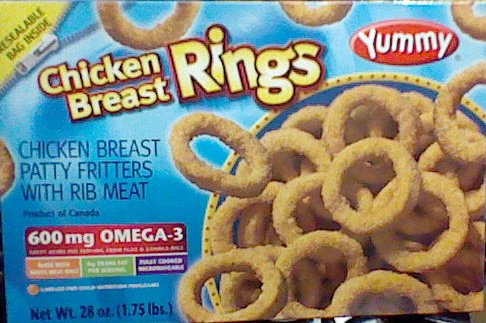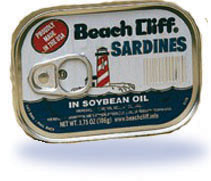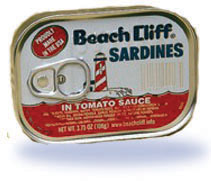It's only a matter of days now until the Shaw's Supermarket in Enfield closes down. For the past couple of weeks, non-perishables at the store have been running out of stock, though to their credit Shaw's had been maintaining their stock of dairy goods, vegetables, meat, and seafood. By St. Patrick's Day, however, it was obvious the end was getting close. There was no corned beef to be had in the store - just a meat case full of chickens with a big sign that read "NO CORNBEEF - WAREHOUSE STRIKE." (Workers at Shaw's Methuen MA distribution center are striking, but with the supermarket pulling out of Connecticut, the news media here didn't think the story was worth carrying I guess.)
Thursday night, I stopped in on my way home to work to pick up some half-and-half for coffee and scope out the store. I took some pictures as I wandered through. Store closings are melancholy affairs, and Shaw's is no exception, especially because Shaw's is one of the few stores I've shopped where I have good memories, and funny memories, but no unpleasant memories. I guess I just wanted to go through one more time so I could "say goodbye." This is going to be a long and kind of rambling post, filled with some of those memories.
Most of the carriages were in the foyer when I visited. Shaw's was always the least busy store in Enfield (which is why they're closing, I guess) but today most of the cars in the lot were employee's. I was tempted to steal the little leaves from the logo, as a souvenir, but I didn't.
The bottle room was one of the last customer-service areas to close. The self-service checkouts were taken offline almost two weeks ago. Shortly after that, they stopped taking checks for payment (don't know why they did that - the Shaw's chain isn't going out of business, just the Connecticut stores. You'd think they'd still take all kinds of payments.) Today I found the bottle return area closed.
This was all that was left of the Produce Department. All of the cases were empty except for a small eight-foot gondola in the foreground with apples, pears, and some citrus; and the corner display with some lettuce and peppers and a few root veggies, fresh juices, and tofu.

Shaw's had an amazing cheese shop - way more variety than Big Y, and in some ways better than Stop & Shop's. For the past week, a lot of the cheeses had been clearance marked with orange "Manager's Special" tags and $2 prices, so there wasn't much left. Some leftover packages of cocktail weenies and tubs of salsa took up some of the empty space. The parts of the store where those items originally were found were empty.
The Deli was down to their last dozen or so lunchmeats, and those were mostly varieties of turkey. I took a few minutes to chat with the young lady behind the counter, and she was pretty optimistic about the changeover to Shop Rite, even though no one at the store automatically got jobs with Shop Rite. Shaw's employees had to put in job appications with Shop Rite, but pretty much anyone who applied was hired. She also said that (for her, anyway) the salary and benefits were comparable. So that was good news.
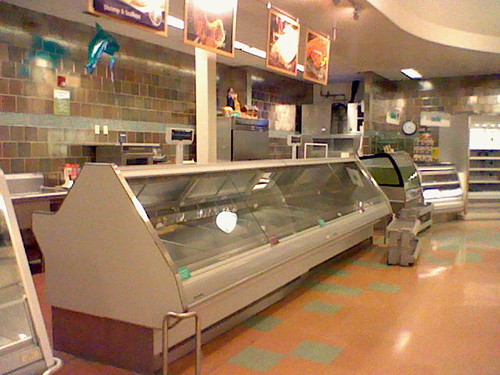
The Seafood Department had been cleared out over the weekend. This was perhaps my favorite department here.
When this Shaw's first opened, one of my first purchases was some haddock in the Seafood Department, and when I got it home and unwrapped it, it stunk. Bad. I brought it back and for a long time I refused to buy any fish here. Eventually, I came to trust them again, probably because even though I wouldn't buy fish from Shaw's, I would always buy clams, squid, lobsters, and just about any other seafood here. Shaw's Seafood Department had several things going for them: The employees behind the counter were top-notch, friendly, and helpful; they were the only store in town that sold quahogs at a reasonable price for chowders and stuffies; and they had the best lobster prices in town.
I'm really going to miss coming here.
In a few aisles, products were getting boxed up for shipment to other stores. There were several aisles like this one, where pallets of empty boxes stood ready for the packing crews.
The dairy cases were decimated. A few creamers and single-serve containers were left. The milk cases in the background still had some milk. There were no juices or specialty products.
Around the corner from the dairy cases, the butter had been cleaned out, and all of the store-brand eggs were sold. The only thing left were the higher-priced organic, "cage free" and Eggland's Best branded eggs.
Shaw's read aisle once ran from the front to the back of the store. There was only a handful of product left - a few loaves of bread and half a dozen packages of English muffins.
All that was left in the bakery were a couple of sad-looking sheet cakes and the display model wedding cake. After Seafood, I'll miss the Bakery most. I never custom-ordered a cake there, but the breads that came out of those ovens were awesome. Shaw's had the best in-store bakery of any of the supermarkets in town. Only the uber-upscale Highland Park Market bakery was better. Stop and Shop's bakery is okay, but I always preferred Shaw's.
This aisle was filled with Coke, Pepsi, and Polar products just a few days ago, because the bottling companies service the aisles themselves. But with the deadline for closure rapidly approaching, most of the drinks have been pulled. Only a few Shaw's brand items remain.
The way in which the manufacturer-serviced areas were cleared out seemed almost random; the very first things to be packed up and shipped out were the McCormick spices - the display racks were left behind, but the products disappeared from them almost immediately after the closings were announced. The magazines and greeting cards were next, sort of. The magazines were taken out very early on, and card manufacturer American Greetings had their all-occasion and birthday cards cleared out by the middle of last week. St. Patrick's Day cards, however, were still on display right up until Sunday night, and now the Easter cards await purchase.
Even the register ends were stripped. The small beverage coolers were empty, and there was only one cashier on duty. I paid for my half-and-half and wished the cashier luck before going out the doors, perhaps for the last time.
Somehow, I don't think they're going to make it another seven days.
Goodbye, Shaw's.
.

